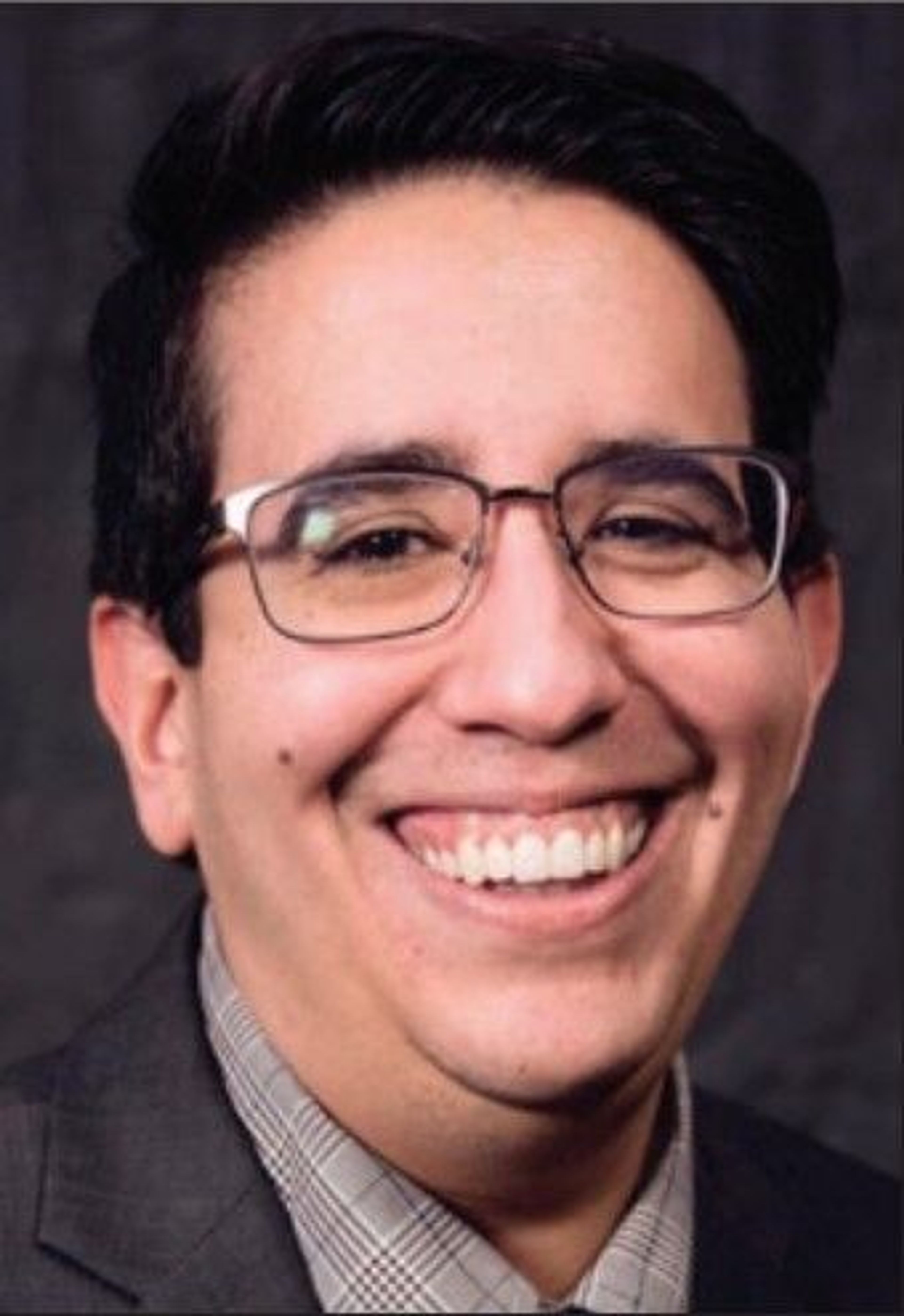Open texts and student success
According to a 2020 survey, 65 percent of college students nationwide can’t afford their textbooks and course materials. This makes sense when you realize textbooks can cost more than $1,200 a year. For some students, costs can easily exceed even that impressive amount. Advice published for some majors in 2021 suggests students budget at least $400 a text.
All these costs have real impacts. Publishers have enjoyed record profits and revenues as prices for textbooks have soared more than 400 percent the past 20 years. In 2020, textbook publishing was a $3.1 billion dollar industry. For students, the outcomes are less rosy. According to a recent white paper by the Idaho Commission for Libraries, students frequently attempt to take the class without reading the textbook or even change their course selections because of the high cost of texts. For one-in-three students, a too-expensive text has resulted in earning a poor grade, dropping or withdrawing from a course or outright failing the course.
The University of Idaho Library is exploring ways to help bring these soaring costs for students down to earth. One way we’re doing this is by encouraging university professors to use open textbooks and open educational resources, commonly referred to as OER. Open textbooks are textbooks created by experts that are free to the public in digital formats and typically available for modest prices as print books. Open educational resources is a broad term for all the other materials a professor or teacher might use in a class — think supplemental readers, assignments and learning exercises.
Research shows that open texts not only decrease student costs, but also increase student success via better grades and better graduation rates. Why is this? Partly because students have immediate access to the text — there’s no waiting for a book to be delivered or stocked, or for a student to confirm that they are really going to take the class before making a big purchase. Students can dive right in and start learning from the first day with an open text. For teachers and faculty, open textbooks have unique benefits, too. Open texts can usually be easily modified and remixed to add new content, creating a truly custom textbook.
Some University of Idaho professors are ditching the textbook altogether and using a combination of openly available resources on the web, plus resources available through the library, such as scholarly journals and ebooks, to create custom course reading lists that cover all the content without the hefty textbook cost for students. To help support creating more open courses on campus, the library’s Think Open Fellows program offers faculty or graduate student instructors a small stipend and intensive support in transitioning a course to an open or low-cost solution from a traditional for cost text. We estimate this program has saved students more than $500,000 since its start in 2017.
The soaring cost of educational materials doesn’t just impact higher education. K-12 schools also struggle with costs associated with keeping high quality textbooks and high-quality supplemental reading in front of students. Open textbooks can readily serve as free texts for homeschoolers, though the texts are most often suited to advanced junior high students or older. For curriculum needs for younger students, parents and teachers might check out OERCommons.org which offers K-12 focused open resources.
The Gary Strong Curriculum Center Library on campus is also dedicated to helping make course materials and state curriculums more available to the general public at no cost. The GSCC houses state approved curriculum for all K-12 subjects, with the goal that both school administrators and home school teachers can review and select the textbooks they’re interested in ultimately purchasing for their district or home school setting.
Here at the University of Idaho Library and around the world, Open is a promising new way of thinking about course materials that puts students learning and financial wellness first.
Seiferle-Valencia is the open education librarian and manager of the Gary Strong Curriculum Center.








